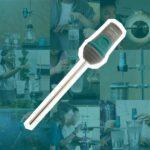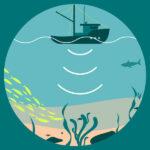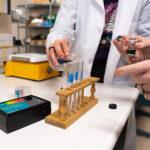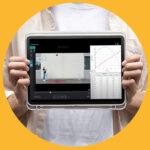
Sharing ideas and inspiration for engagement, inclusion, and excellence in STEM
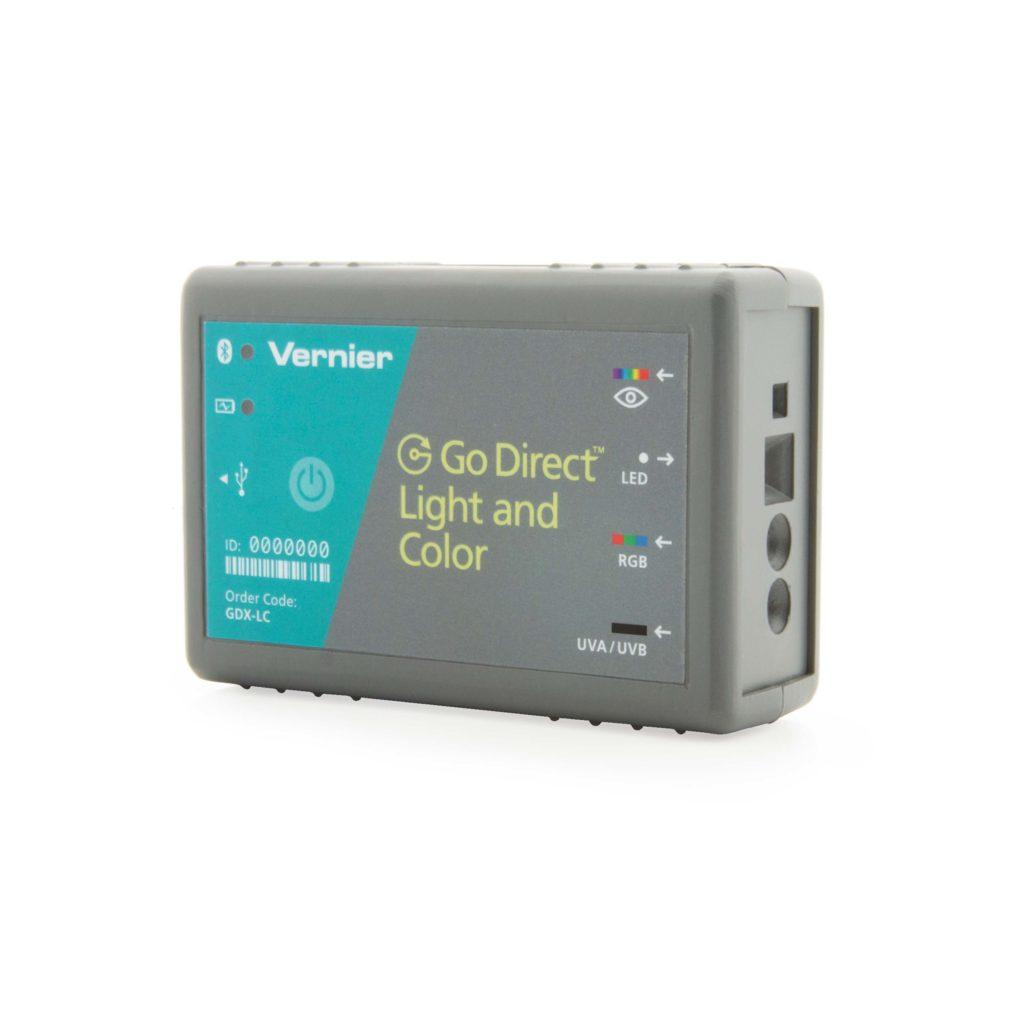
Good things come in small packages—including the Go Direct Light and Color Sensor.
This robust sensor fits in your hand, but it combines the power of multiple sensors to measure light intensity in the visible range and UV portions of the electromagnetic spectrum.
In fact, the Go Direct Light and Color Sensor (which connects via Bluetooth® wireless technology or USB to a device) is actually three sensors in one:
- Visible light sensor
The fast sampling rate for the visible light sensor (1000 Hz) allows students to observe the flicker of fluorescent lamps. - Red, green, blue (RGB) color sensor
The RGB sensor allows students to determine the relative contribution of red, green, and blue light. In addition, a built-in white LED provides uniform illumination when the sensor is placed directly above a surface, reducing the effect of variable ambient light. - UV sensor
The UV sensor responds well to ultraviolet radiation in the UVA and UVB spectrum, making it ideal for experiments using sunlight and UV lamps.
The versatility of the Go Direct Light and Color Sensor starts—but does not end—with its functionality. It is also a multidisciplinary tool that can be used across the science curriculum.
Benefits for All Grade Levels and Subject Areas
The Go Direct Light and Color Sensor is a great tool for K–12 STEM classes, as well as college science courses and labs. In addition, it supports hands-on learning in different science disciplines.
Biology and Earth Science
For biology and Earth science, the UV sensor of the Go Direct Light and Color Sensor is an integral part of experiments that focus on filtering UV light via sunglasses, clothing, and sunscreen. Students can also use this sensor to measure UV light from the same spot at different times of day and/or at the same time from different spots (e.g., a forest and a parking lot) to look for patterns.
In addition, the visible light sensor of the Go Direct Light and Color Sensor gives biology and Earth science students a way to investigate albedo (i.e., how much light is absorbed vs. reflected by different surfaces)—an important concept in understanding the science behind climate change.
Chemistry
For chemistry, the Go Direct Light and Color Sensor can help students gain an understanding of how a spectrometer works. Specifically, by shining a known light source through a substance, students can see what actually transmits through the medium to the light sensor. The Go Direct Light and Color Sensor is also a great teaching tool to explore color mixing in chemistry classes, and it can be used in experiments involving “Fabulous Fibers: The Chemistry of Fabrics,” the 2022 theme of National Chemistry Week.
Physics
For physics, the Go Direct Light and Color Sensor fosters interactive exploration of a variety of concepts, such as the polarization of light and light intensity as a function of distance from the source. The Go Direct Light and Color Sensor can also support learning related to different ranges of wavelengths, which can help students understand the electromagnetic spectrum. Some great physics experiments that involve the Go Direct Light and Color Sensor include “Light, Brightness, and Distance” and “Wave Communication Challenge.”
Explore all the features and benefits of the Go Direct Light and Color Sensor!
Share this Article

Sign up for our newsletter
Stay in the loop! Beyond Measure delivers monthly updates on the latest news, ideas, and STEM resources from Vernier.

